Your spine consists of vertebrae and discs that are stacked upon each other. A healthy back has gentle curves. Therefore, absorbing stress from gravity and movement. A spine viewed from the back should be straight. However, any abnormalities cause the spinal curvature to shift, becoming misaligned.
There are three main types of spinal curvature disorders; lordosis, kyphosis, and scoliosis.
Lordosis Spinal Curvature Disorder
This is also called swayback. Lordosis occurs when the lower spine is significantly curved inward.
The conditions that can lead to lordosis include:
- Achondroplasia, when bones do not grow properly, leading to a short height. This is common with dwarfism.
- Osteoporosis, when spinal vertebrae become weakened and easily compressed.
- Spondylolisthesis, where a lower spine vertebra slips forward.
- Obesity, which contributes to extra stress on the spine
- Kyphosis, or a severely rounded back.
- Discitis, which is inflammation of the discs, usually from infection.
- Benign juvenile lordosis.
Lordosis Symptoms
Symptoms of lordosis can include the following:
- Swayback with buttocks being more pronounced
- Back pain
- Difficulty moving specific ways.
- A large gap between the lower back and the floor, (when lying flat on hard ground).
Lordosis can be treated to reduce discomfort with the following methods:
- Weight loss
- Medications to relieve swelling
- Wearing a back brace
- Physical therapy
- Surgery
Kyphosis Spinal Disorder
Kyphosis involves an abnormally rounded upper back (curved more than 50 degrees.)
Specific conditions lead to kyphosis, such as:
- Congenital kyphosis, when vertebrae do not develop properly in utero
- Scheuermann’s disease, causing misshapen vertebrae
- Poor posture
- Osteoporosis
- Arthritis
- Spinal tumors
- Infection of the spine
- Spina bifida (the spinal solemn does not close properly during development).
Kyphosis (Spinal Curvature) Symptoms
Symptoms of kyphosis include the following:
- Fatigue in legs and back
- Humped upper back
- Head bending forward
When posture is to blame, there may not always be back pain. With Scheuermann’s kyphosis, there can be back discomfort. Especially with inactivity and long periods of standing/sitting.
It is possible to treat kyphosis with similar methods as with lordosis. Wearing a brace, physical therapy, and medications can also help this spinal curvature disorder. However, surgery is necessary for severe curvature and congenital kyphosis.
Scoliosis
The spine is curved sideways when you have scoliosis, being S- or C-shaped. The most common type is seen in adolescents. However, it has scoliosis is known to run in families. Injuries, birth defects, and infections can also cause the condition. The most common symptoms of scoliosis include:
- Uneven waist or hip
- Leaning to one side
- Uneven shoulder blades
Treatment for Spinal Curvature Disorder
Scoliosis treatment involves a process with steps, such as:
- Observation. Your doctor will evaluate the curve to see if it gets worse.
- Bracing. Braces are best for growing children. This helps prevent the curve from worsening.
- Surgery. If the curvature worsens, surgery is necessary.
For young children, body casting is common, from the shoulders to the lower trunk. Replacing the case every few months for the first 3 years is common.
Exercise, therapy, and supplements can also help with spinal curvature disorders. They do not prevent scoliosis from getting worse. However, they enhance strength and flexibility. This helps to maintain regular function.
If you have been diagnosed with a spinal curvature and are searching for relief, call us at 888-409-8006. Our spine experts at Spine & Orthopedic Center are here to help.

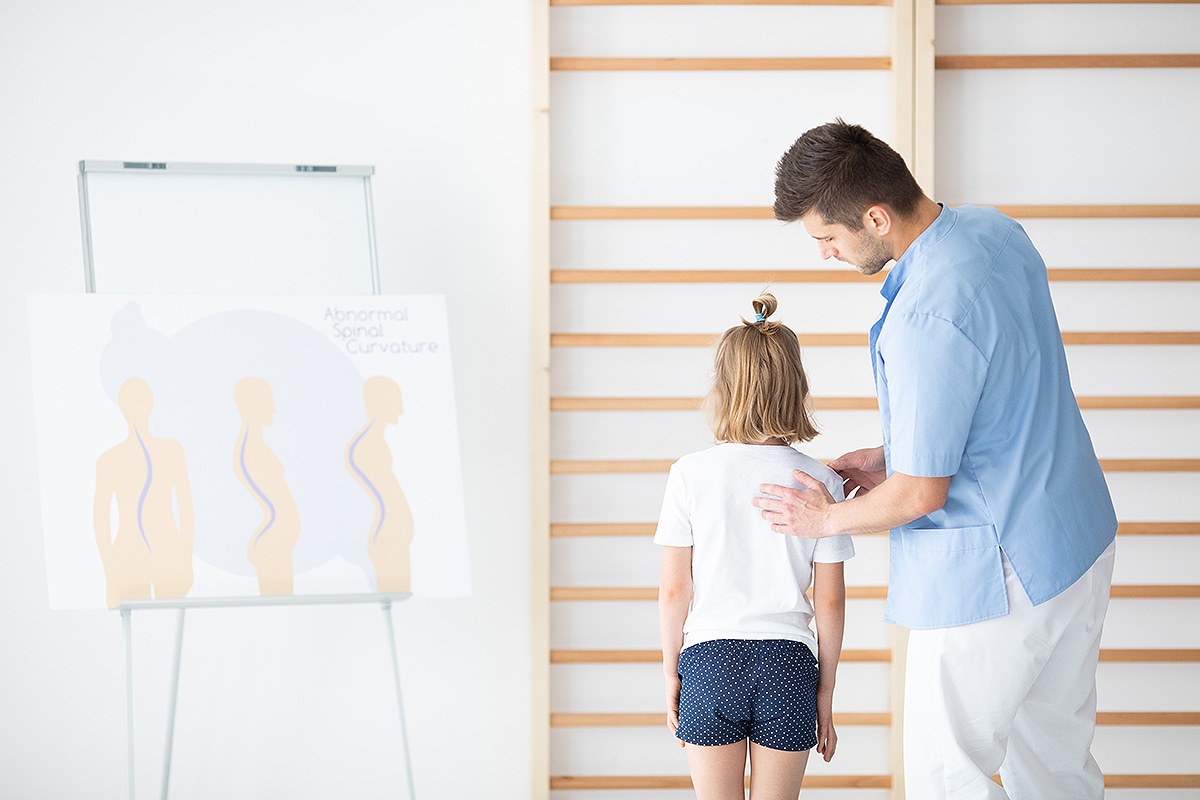
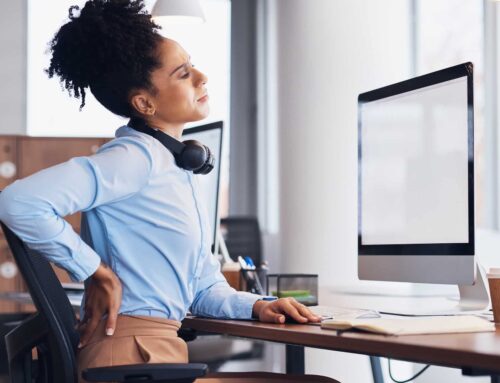
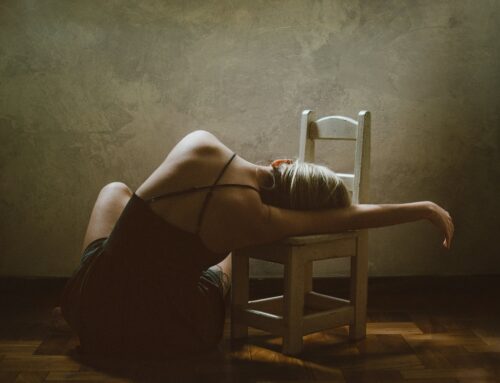
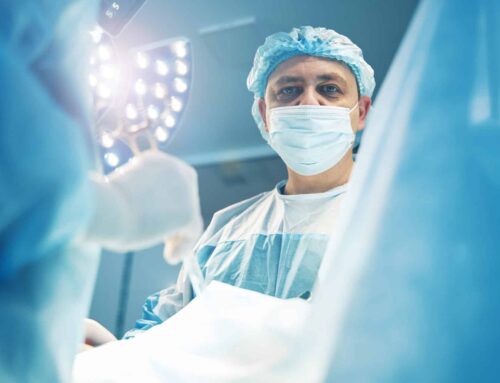
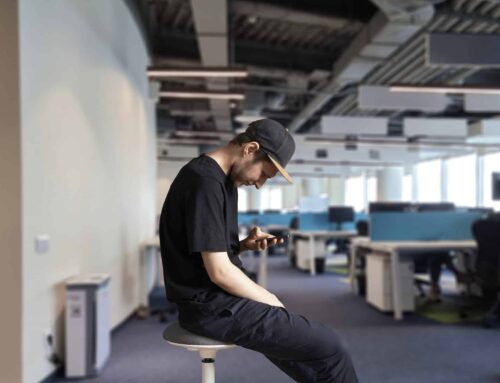
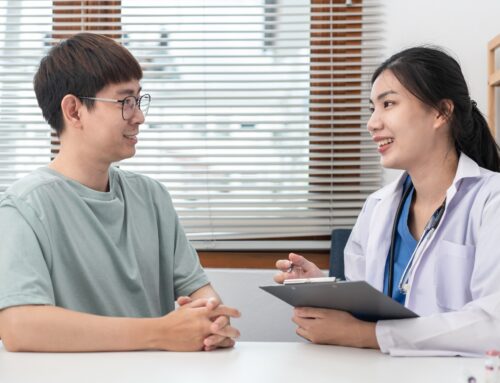
Leave A Comment